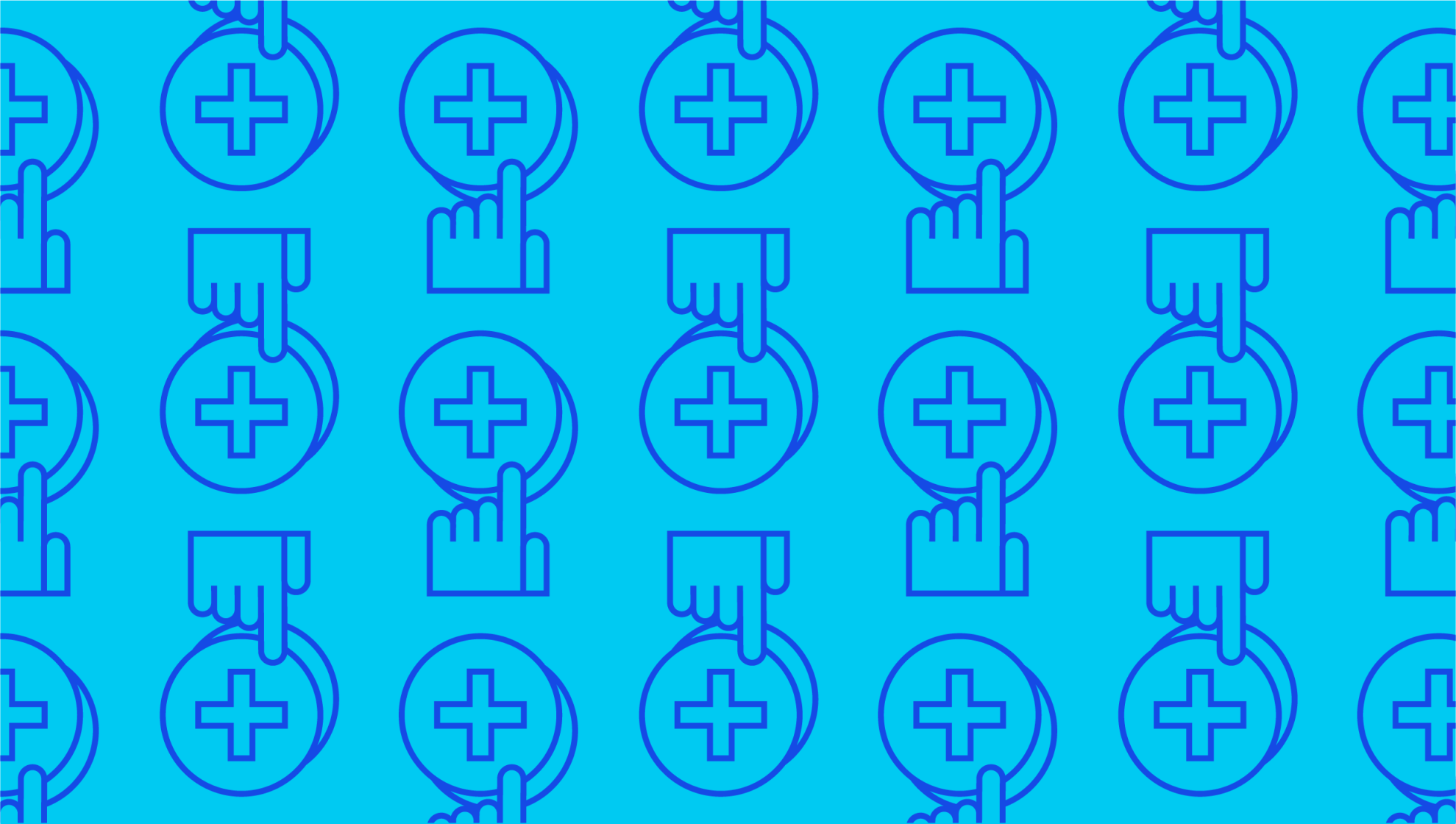
What is waterfall methodology?
Last editedMar 20213 min read
Waterfall methodology is an approach to project management that works through the stages of development in a linear manner, with each stage having to be completed before the next stage can begin. For many projects – particularly software development – waterfall methodology is contrasted with agile methodology as a means of delivering successful results.
The stages of waterfall methodology
The exact nature of the phases of waterfall methodology will differ depending on the details of the project and the sector in which it is being delivered. One constant is that each step has to be completed, reviewed, and approved before the team delivering the project can move on to the next step. In general terms the stages of waterfall methodology include the following:
Conception – Deciding on the initial idea of the project, establishing proof of concept and drawing up an assessment that includes a cost/benefit analysis.
Initiation – The team that will deliver the idea is put together and aspects such as the scope of the project, including its objectives, deliverables, and purpose, are clearly defined.
Analysis – The planned project is analyzed in order to generate a feasibility study and document the specifications needed for successful delivery.
Design – The information created to date is used to create design specifications that can be analyzed and evaluated to create a definitive guide to what the project should deliver and what needs to be done to make this happen.
Implementation and coding – This is the stage at which the details pulled together to date are utilized in order to start creating the actual coding used in the software.
Testing – Once the coding has been completed the software will be tested to ensure that it delivers everything that was included in the plans from the beginning of the process, and is free from errors.
Operation – The application should now be ready for deployment in a real world environment. This isn’t the end of the waterfall methodology, however, since feedback from users will feed into the system in order to identify any additional arising issues once the application is operational. This data will then be used to provide any support or maintenance needed.
The pros and cons of waterfall methodology
Pros
Ease of use – The sequential nature of waterfall methodology makes it easy to impose the same pattern on multiple projects of different types, and means that it can be used without prior experience. The fact that each step has to be reviewed and approved makes it easy for control over the process to be maintained.
Discipline – The beginning and end of each step is clearly defined at the start of every project. This makes it easier for a team to share progress and flag up the chance of any deadlines being missed, while the discipline of the waterfall methodology as a whole greatly reduces the risk inherent in any project delivery.
Records – Because each step is reviewed and documented in depth, the waterfall methodology helps to create a working record of progress. This can be followed during the course of a project and utilized as a reference point in the future.
Cons
Rigidity – The linear nature of waterfall methodology and the dependence of each stage on the one before it, makes it more difficult for a project to adapt quickly to any change in circumstances or respond flexibly to problems.
Lack of speed – Because several steps have to be completed before the actual execution of a process begins, there is often a long delay between the initiation of a project and the actual product production.
Waterfall methodology vs agile
Agile methodology is an iterative approach to development, in which the stages of a project are broken down into “sprints” which last for a set duration (generally a period of weeks) and within which a list of deliverables is prioritized. At the end of each sprint the progress will be reviewed and evaluated by the project team and the end-client.
The advantages of the agile method include an enhanced role for the end-client from the earliest stages, including the ability to suggest changes, and the speed with which a basic working model of any application can be delivered.
The disadvantages of agile methodology include the fact that not all end-clients are happy with being expected to provide input throughout a project, it requires high levels of dedication from the teams involved and it can lead to the scope of a project changing throughout delivery, with the risk of costs rising.
We can help
Waterfall methodology can help your business to promise successful project delivery, and so can working with a payment partner GoCardless. We can help with issues like ad hoc payments or recurring payments.
